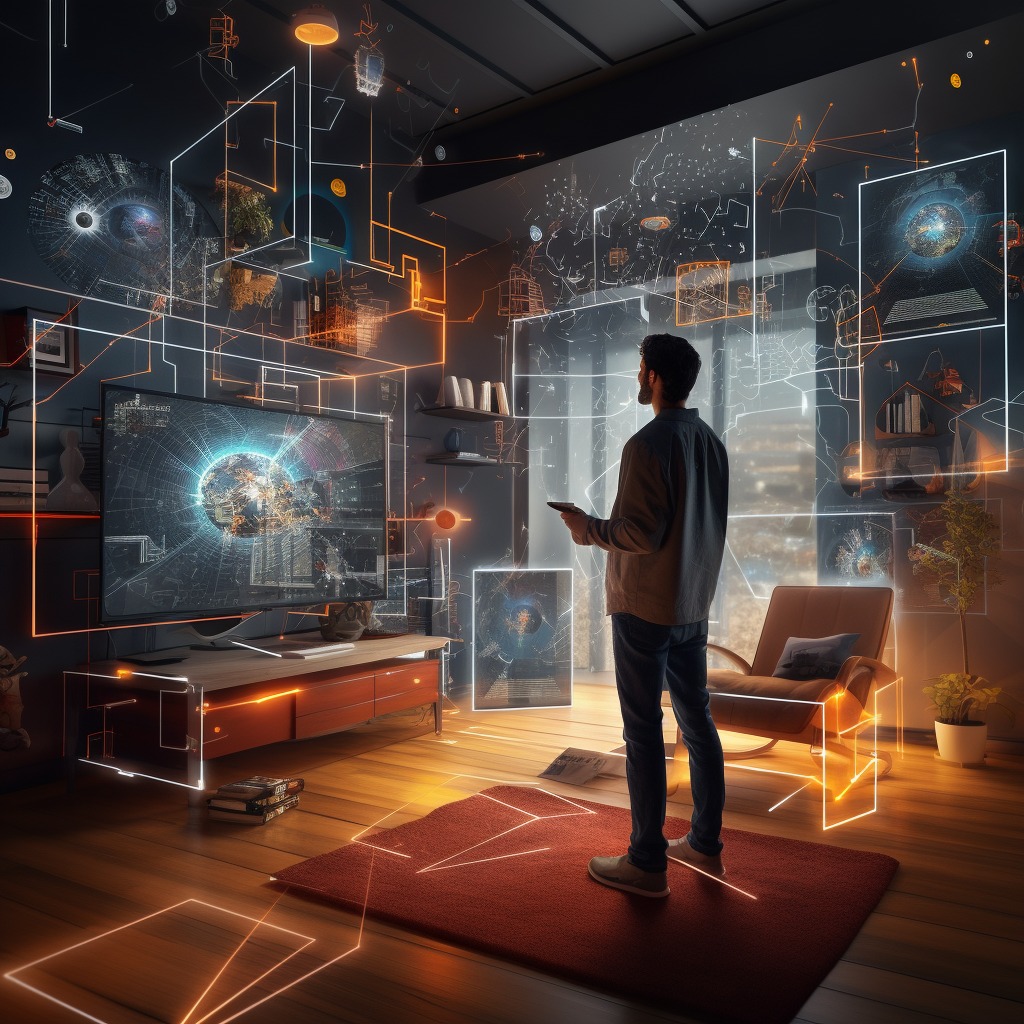AI in Furniture Design: Revolutionizing Creativity and Functionality
In the ever-evolving landscape of design, the intersection of artificial intelligence (AI) and human creativity has given rise to a revolutionary category in the prestigious Feeel Design World Prize: AI-Generated Design. This new frontier challenges traditional notions of creativity, sparking conversations about the seamless integration of AI-driven concepts into our daily lives through fabrication and implementation. As we explore the importance of this bridge between AI-generated design and real-world application, let’s delve into the transformative potential and a couple of inspiring examples.

The Emergence of AI-Generated Design
Artificial intelligence has rapidly transformed various industries, and design is no exception. The Feeel Design World Prize recognizes the profound impact of AI-generated designs in pushing the boundaries of innovation. This category celebrates the collaboration between human designers and intelligent algorithms, fostering a synergy that opens up new realms of possibility.
Importance of the Bridge
The bridge between AI-generated design and real-world implementation is crucial for several reasons. Firstly, it expedites the design process, enabling designers to explore a myriad of possibilities efficiently. AI algorithms can sift through vast datasets, identifying patterns and generating design concepts at an unprecedented speed. This acceleration allows designers to focus on refining and adapting ideas for practical use.
Moreover, the bridge facilitates a harmonious coexistence between AI and human creativity. Rather than replacing designers, AI acts as a powerful tool, augmenting their capabilities and inspiring fresh perspectives. The resulting designs often reflect a beautiful amalgamation of computational precision and human intuition, pushing the boundaries of what we thought possible.
AI-Generated Designs in Action
Sustainable Urban Planning
Imagine a city where every building is a marvel of sustainability and aesthetic appeal, thanks to AI-generated urban planning. Algorithms analyze environmental data, energy consumption patterns, and architectural trends to design cities that maximize energy efficiency and minimize environmental impact. The winning project of the Feeel Design World Prize in this category could showcase a futuristic cityscape where skyscrapers seamlessly integrate green spaces, renewable energy sources, and smart infrastructure.
Customized Healthcare Solutions
In the realm of healthcare, AI-generated design can revolutionize the development of personalized medical devices. The winning entry might feature a healthcare solution tailored to an individual’s unique physiological needs, crafted through the analysis of vast medical datasets. From prosthetics to wearable health monitors, the possibilities are endless, illustrating how AI can contribute to the enhancement of human well-being.
Advantages and Challenges
AI-generated design offers numerous advantages, but it also presents challenges that need to be addressed. Let’s explore both sides of the coin.
Advantages of AI in Furniture Design
- Increased Efficiency: By leveraging AI algorithms, designers can generate a multitude of design concepts quickly, saving time and effort.
- Enhanced Creativity: AI can act as a catalyst for designers, providing fresh insights and inspiration that push the boundaries of creativity.
- Personalization: AI-powered design tools can analyze user preferences and generate customized furniture solutions that cater to individual needs and tastes.
- Optimized Functionality: Through AI analysis, designers can optimize furniture designs for improved ergonomics, comfort, and usability.
- Sustainability: AI algorithms can help designers generate environmentally friendly designs by analyzing materials, energy consumption, and production processes.
Challenges in AI-Generated Design
- Ethical Considerations: As AI becomes more involved in the design process, ethical questions surrounding intellectual property rights and the potential for biased algorithms arise.
- Human Interaction: While AI can generate designs, the human touch remains crucial in understanding user needs, preferences, and emotions.
- Data Availability: AI algorithms require vast amounts of data to generate meaningful designs. Availability and quality of relevant data can pose challenges.
- Interpretation of Aesthetic: AI may struggle to accurately interpret the subjective nature of aesthetics, making it important for human designers to provide guidance.
Conclusion
The Feeel Design World Prize’s recognition of AI-generated design marks a significant milestone in the evolution of creative disciplines. The bridge between AI-generated design and real-world implementation is not just a connection—it’s a transformative journey that propels us into a future where the synergy of artificial intelligence and human ingenuity brings forth innovative, sustainable, and aesthetically pleasing solutions. As we celebrate the winners of the AI-Generated Design category, we also celebrate the endless possibilities that emerge when minds and machines collaborate in the pursuit of design excellence.
